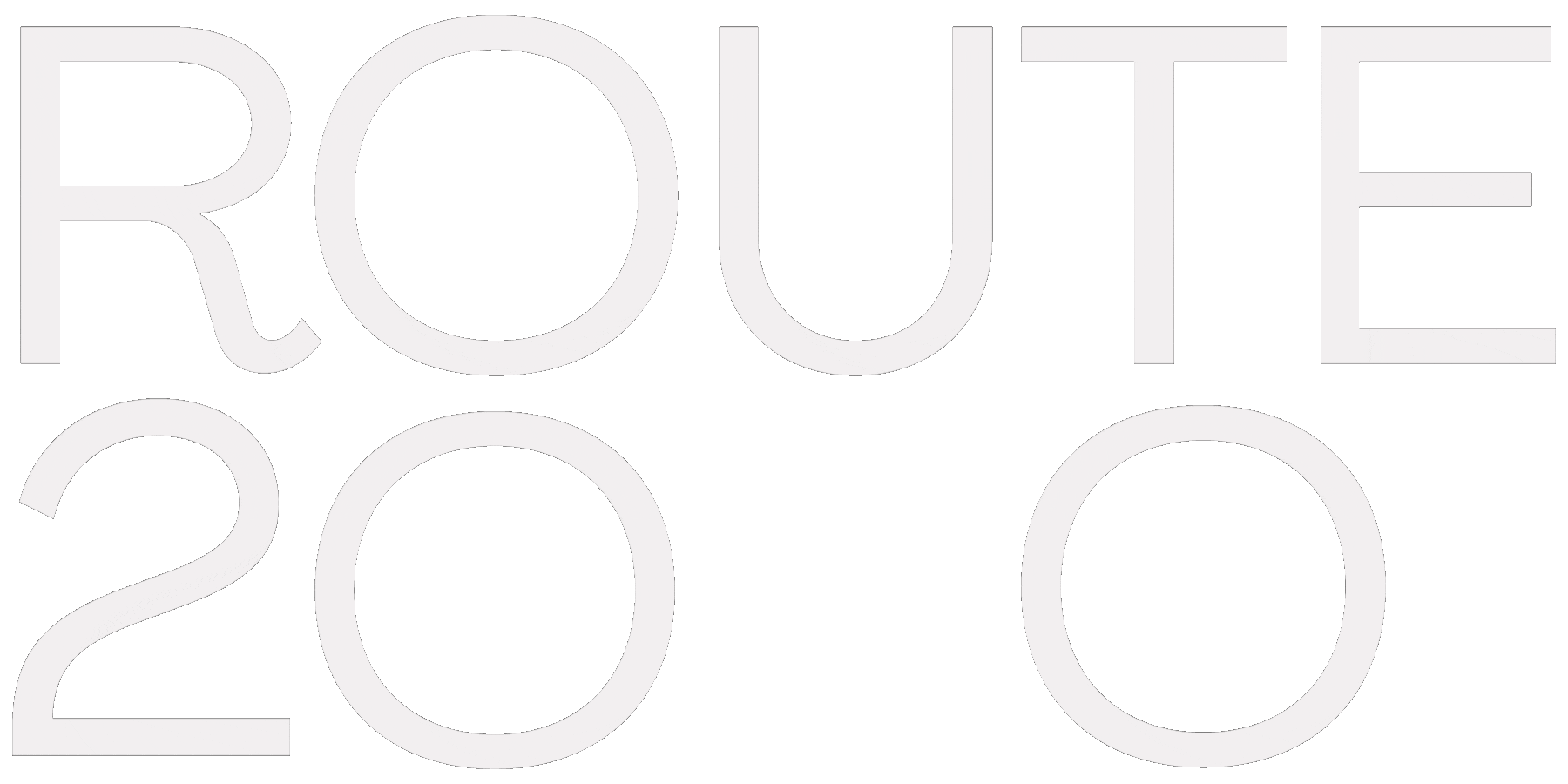
How do you make the SDGs tangible for every school? The story behind SDGs@school
Environment at School (MOS)


SDGs@school makes the 17 SDGs accessible to every Flemish school. In collaboration with MOS, Route 2030 developed a platform with user-friendly tools like the SDG compass and the SDG idea box. Thanks to co-creation with organizations and teachers, it helps schools put sustainable thinking and action into practice.
Education is full of dreams, ambitions, and ideas to make the world a better place—but how do you translate that energy into concrete actions around sustainability? How do you make the 17 SDGs manageable for students, teachers, and schools that already have so much on their plates?
These questions formed the starting point for SDGs@schoo l , a collaboration between MOS (Environment at School – Flemish Government: Department of Environment) and Route 2030. Together, we wanted to build something that not only informs schools but also motivates them to take action. Not yet another theoretical explanation, but a platform that literally brings the SDGs into the classroom .
From big goals to a workable platform
The ambition was clear: make the SDGs accessible, applicable and usable for every Flemish school.
This resulted in an online platform with intuitive tools that help teachers design, evaluate, and communicate sustainable projects and lessons. Each tool contributes to a different aspect of systems thinking and critically assessing impact.
The core consists of:
SDG Compass: A clear guide to linking lesson or project ideas to the right SDGs.
SDG Idea Box: A source of inspiring actions, lesson ideas, and work formats.
SDG Impact Chart: A tool that helps you see which SDGs you're already making an impact on — and where there are still opportunities.
SDG Word Cloud: A playful tool to explore the language, concepts, and ideas surrounding sustainability.
Together, these tools form an ecosystem that supports schools step by step in discovering, organizing, evaluating and communicating .
Co-creation as a driving force
SDGs@school wasn't designed behind a desk. It grew through dialogue, iteration, and collaboration.
Under the leadership of MOS and Route 2030, various partners came together: Djapo, 11.11.11., Kruit, VIA Don Bosco, Team Duurzame Ontwikkeling (Sustainable Development Team) and teachers from the field.
They brainstormed, tested prototypes, provided honest feedback, and ensured the tools truly connected to the daily reality of schools. The result is a website that feels like something created by the education sector—not just for it.
Impact on systems thinking and quality education
With SDGs@school, MOS aims to actively contribute to SDG 4: quality education . Not only by providing knowledge, but also by helping schools broaden their horizons:
How does a local project relate to global challenges?
How does a lesson reinforce sustainable choices?
Which SDGs are affected?
And how do you make students co-architects of positive change?
The tools stimulate systems thinking and help schools to make sustainable choices visible and discussable.
What do the numbers say? A strong platform with fast adoption
Since its launch on March 30, 2021, the platform has already welcomed 17,942 visitors — impressive for a niche website specifically aimed at Flemish schools and educational professionals.
MOS itself emphasizes how strong that figure is: for a site with such a specific target group , around 4,000 visitors per year is simply excellent.
And there's more. Besides the broad reach, there's a smaller, but remarkably active and engaged user base . Some visitors perform dozens of actions in a single session.
This combination— broad reach and deep engagement —demonstrates the platform's value for schools that not only want to learn about the SDGs but also want to actively engage with them.
SDGs@school has thus become a gateway to sustainable education that both inspires and activates.
Why SDGs@school works
The SDGs feel less abstract: The platform lets schools know: “Ah, this is how we can do it.”
Tools are intuitive and immediately usable: Fast, clear, class-friendly.
Teachers recognize their own context: Co-creation with education makes the difference.
Systems thinking is supported in a playful way: not didactic, but activating.
The platform is building a broader educational culture around sustainability: not as an additional task, but as part of quality education.
SDGs@school shows that the 17 SDGs don't have to be distant concerns. They can be lived through lessons, projects, conversations, and small, everyday choices.
Thanks to the collaboration between MOS, Route 2030 and a broad co-creation group of experts and teachers, there is today a platform that:
is understandable,
is inviting,
and most importantly: works .
👉 Are you an educational organization, government agency, or partner organization interested in co-creating an SDG tool, platform, or learning resource? Route 2030 will assist you from the first sketch to the final test. Contact us for an exploratory meeting.

